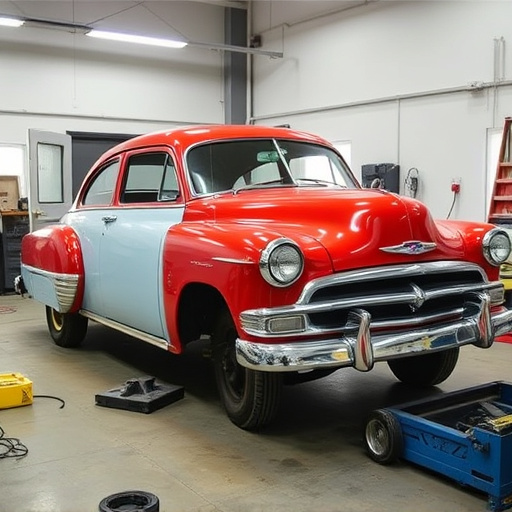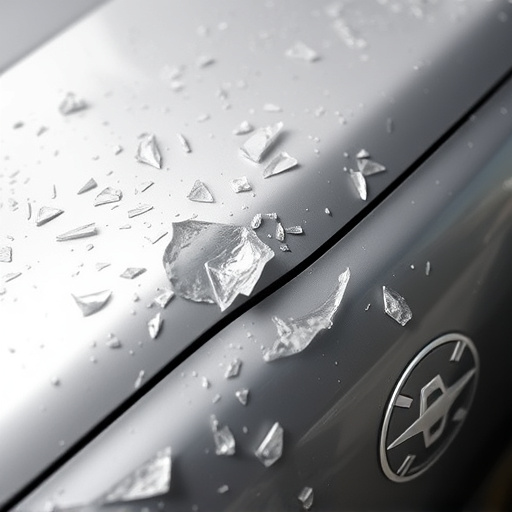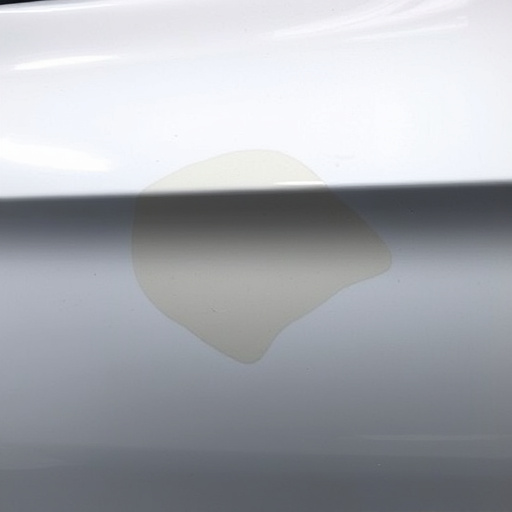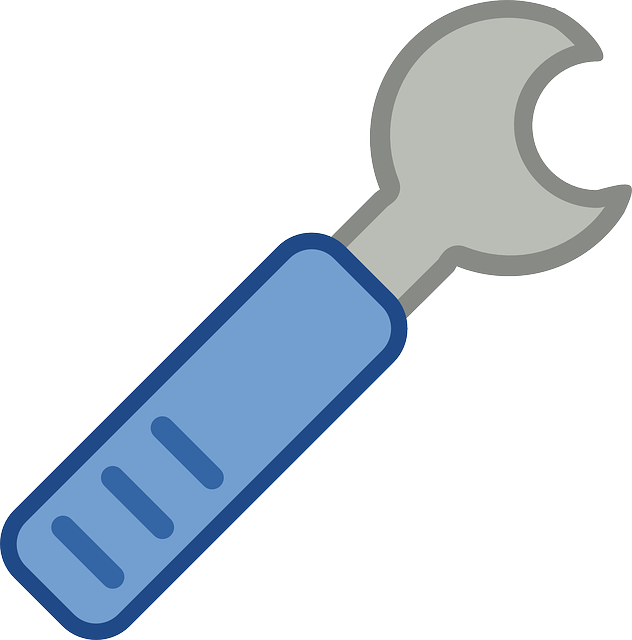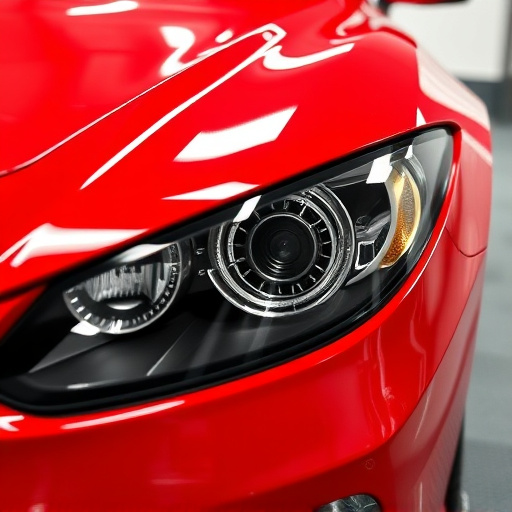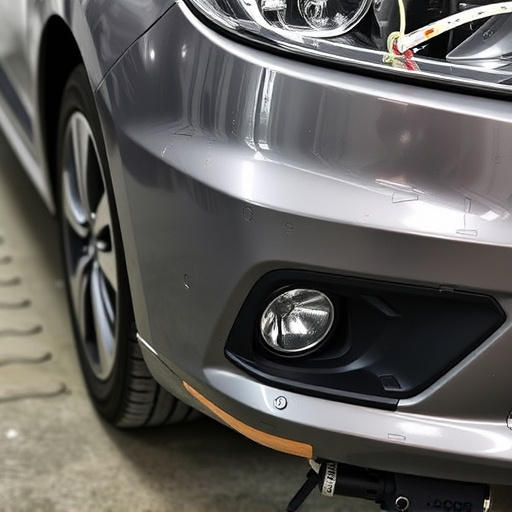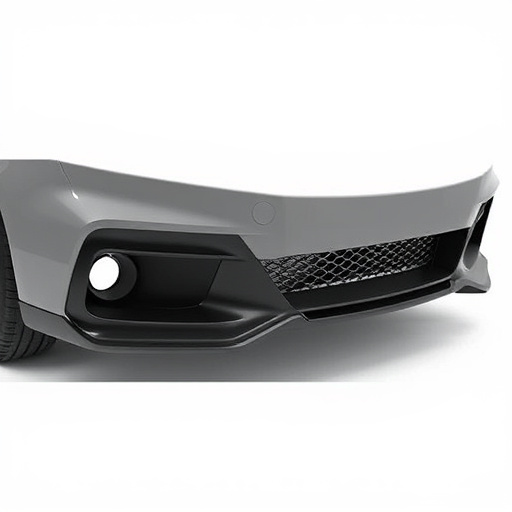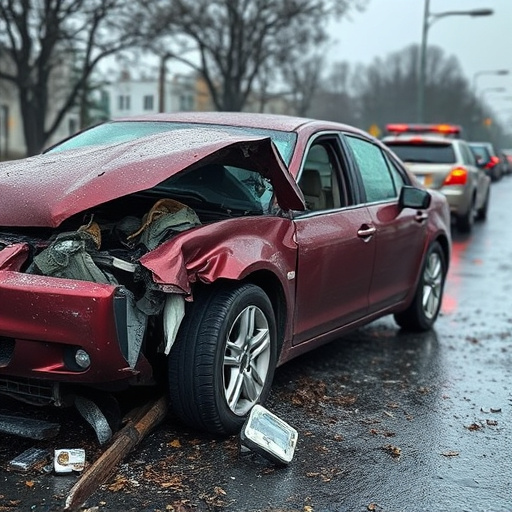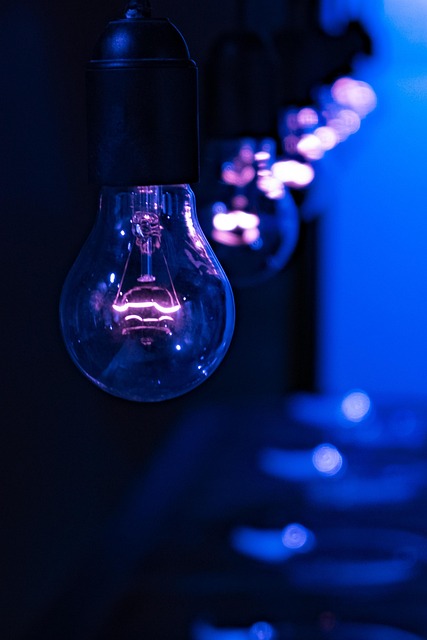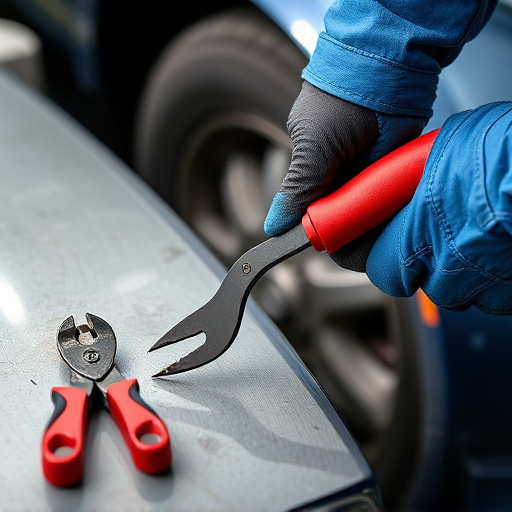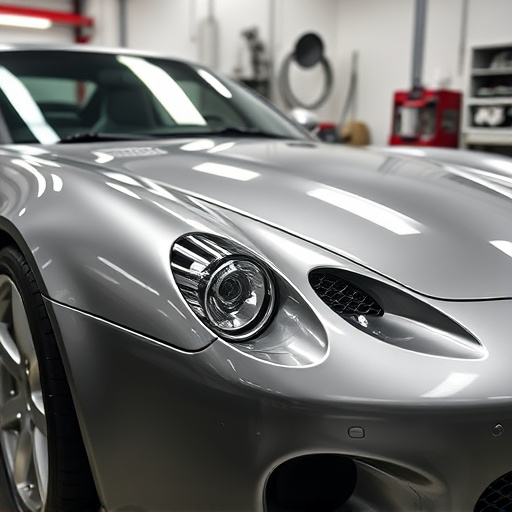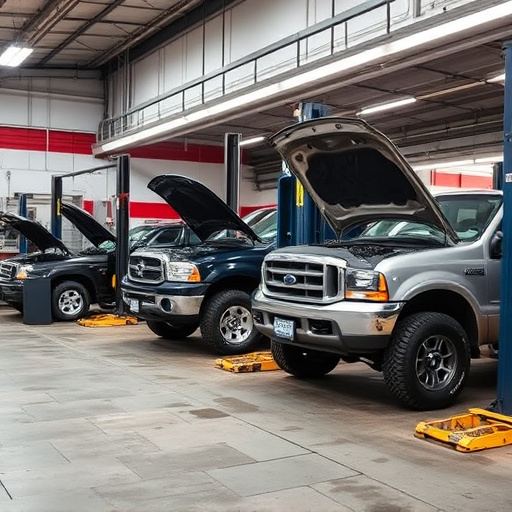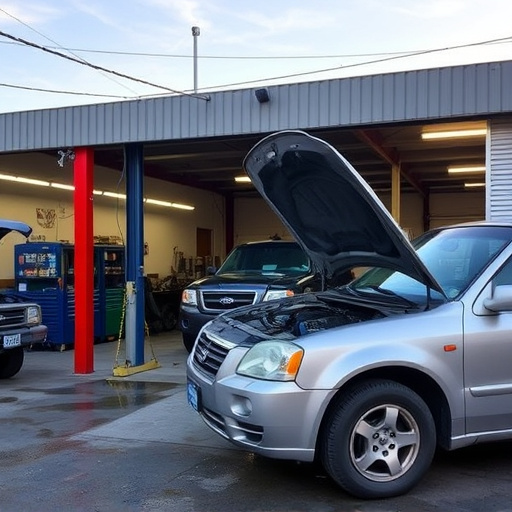UV curing systems revolutionize auto body shop services by dramatically reducing drying times for coatings and adhesives through ultraviolet light initiation of chemical reactions. Advantages include enhanced finish quality, durability, faster service for higher volumes, precision in applications like panel alignment, and minimal human error. Best practices involve proper ventilation and adherence to manufacturer guidelines on exposure times and cure distances.
“Discover the transformative power of UV curing systems in modern auto repair with our comprehensive guide. This advanced technology offers swift, efficient, and durable solutions for a range of automotive issues. From its basic principles and working mechanisms to its remarkable benefits and optimal implementation strategies, we demystify UV curing. Learn how this innovative process can enhance repair precision, reduce dry times, and contribute to higher-quality, long-lasting results in the auto industry.”
- Understanding UV Curing Systems: Basics and Benefits
- Components and Working Principle of UV Curing Technology
- Implementation in Auto Repair: Best Practices and Advantages
Understanding UV Curing Systems: Basics and Benefits
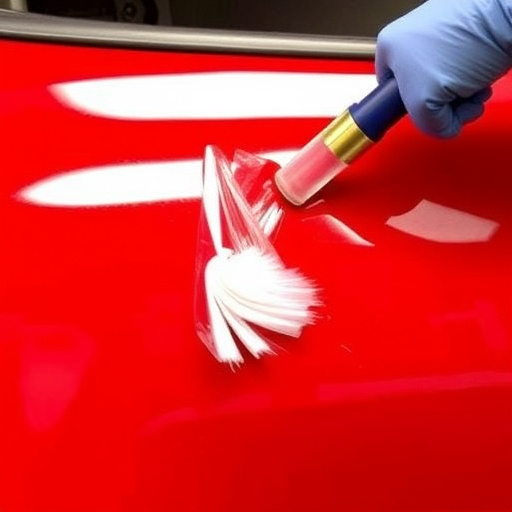
UV curing systems have revolutionized body shop services, offering a fast and efficient solution for various vehicle repair processes. These advanced systems utilize ultraviolet light to initiate a chemical reaction in specialized coatings and adhesives, leading to quick drying and hardening times. This not only speeds up the overall repair process but also enhances the quality of finishes, making them more durable and resistant to future damage.
The benefits of UV curing systems extend beyond mere speed and efficiency. They are particularly advantageous in hail damage repair, where quick turnaround times are crucial. By reducing the time required for manual drying and curing, these systems enable body shops to handle higher volumes of vehicles, ensuring faster service and increased customer satisfaction. Moreover, UV curing provides excellent accuracy in applications like panel alignment, reducing the risk of human error during the repair process.
Components and Working Principle of UV Curing Technology
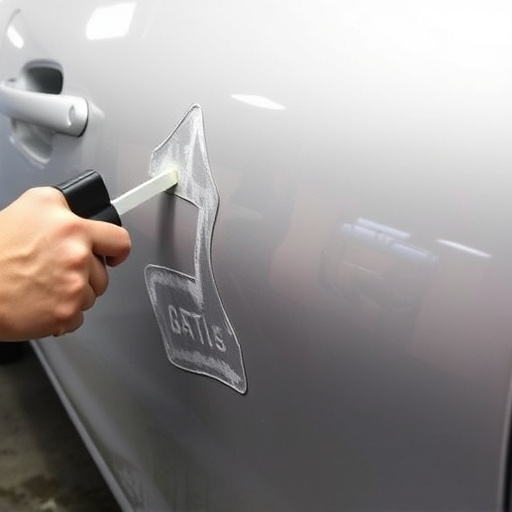
UV curing systems have revolutionized auto repair processes, especially in car paint repair and frame straightening. These cutting-edge technologies utilize ultraviolet light to accelerate the drying and hardening of resins, offering a swift and efficient solution for various automotive coatings. The core components of a UV curing system include a UV lamp or light source, a pump mechanism to circulate the resin, and a control unit that manages the intensity and duration of UV radiation.
The working principle involves the application of UV light to initiate a photochemical reaction within the resin. When exposed to UV rays, specific molecules in the resin absorb this energy, triggering a series of chemical changes. This process rapidly hardens the resin, ensuring precise and durable results in car paint services and beyond. The efficiency of UV curing systems lies in their ability to cure coatings quickly, often in just a few minutes, compared to traditional drying methods that may take hours or even days.
Implementation in Auto Repair: Best Practices and Advantages
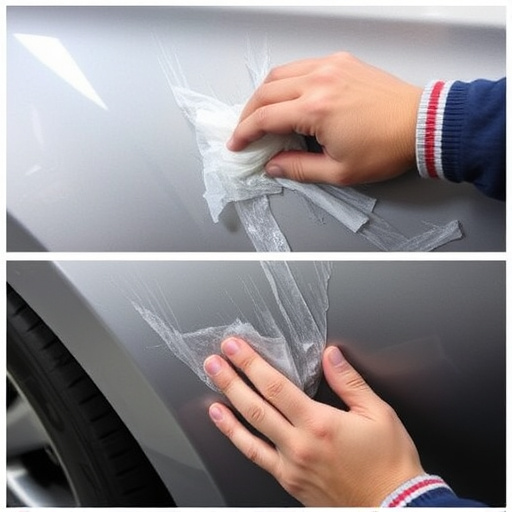
UV curing systems have become a game-changer in the realm of auto repair, offering efficient and precise solutions for various tasks. When implementing UV curing systems in an auto repair shop, best practices involve ensuring proper ventilation to maintain a safe working environment and adhering to manufacturer guidelines for exposure times and cure distances. This technology is particularly advantageous for tasks like clear coating, adhesive bonding, and even dent removal. By employing UV lamps or LED lights, body shop services can significantly reduce dry times compared to traditional methods, leading to faster turnaround times for customers seeking auto repair near me.
The benefits extend beyond speed; UV curing systems also enhance the quality of repairs. They promote better adhesion for paints and adhesives, resulting in more durable finishes that resist chipping or fading. Moreover, these systems can cure complex shapes and hard-to-reach areas, ensuring every part of the vehicle receives the required attention. This precision is especially valuable in intricate body shop services, where achieving a flawless finish is paramount.
UV curing systems have emerged as a game-changer in the auto repair industry, offering efficient and precise drying solutions. By understanding the technology’s basics, components, and working principle, professionals can harness its benefits for improved work quality and productivity. Implementation best practices ensure optimal results, making UV curing systems a reliable choice for modern auto repairs.
